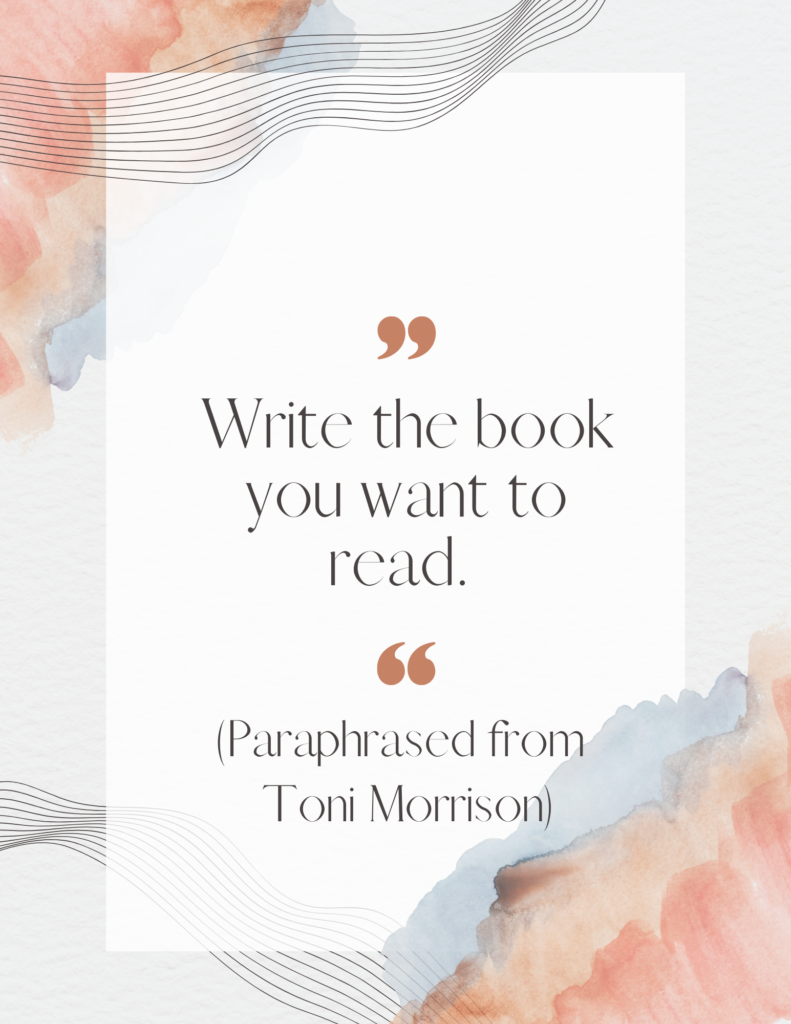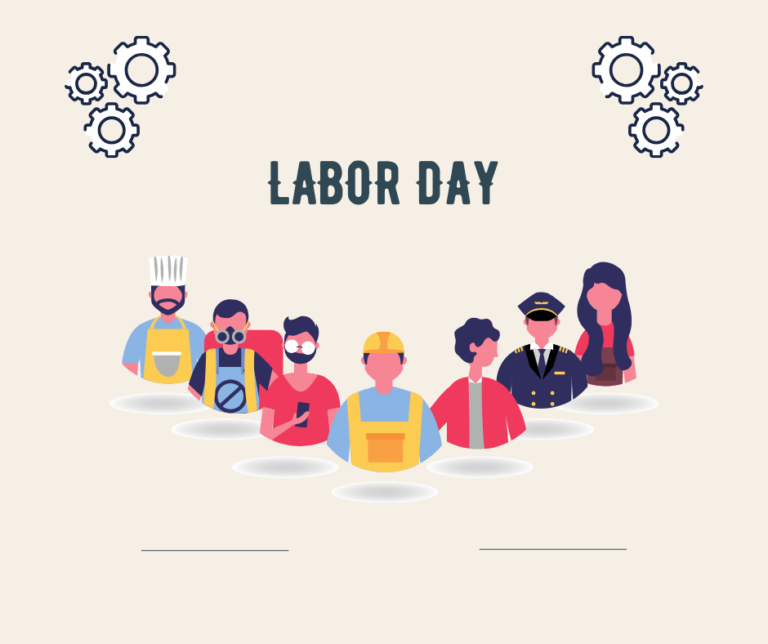
You say you’ve always wanted to write?
As I said before, Bucket List items are not to be trifled with.
Tick tock.
If you want something, make your plan, do your plan, get it done.
Last week, I introduced you to the “Alice in the Wonderland” writing method.
This week, I’ll fall a little further down the rabbit hole.
These tips will be useful whether you’re writing a novel, a picture book, or a short story.
Maybe by now you have an idea for a story and an idea about your primary character.
Fantastic.
These next steps involve creating a plan.
Don’t freak out.
This isn’t your high school English outline.
You don’t need Roman numerals.
Here are some general questions to journal about to help you solidify your ideas.
You’re taking your nebulous ideas from last week and turning them into, I don’t know, Jell-O-like ideas.
They don’t have to be completely firm.
These questions are very basic.
But once you’re able to form some answers, you’re going to have a much easier time of writing your story.
Work on this is five- or ten-minute blocks.
1. WHO is your primary character at the beginning of the story?
Describe them using just two or three adjectives.
Examples: Scrappy. Tired. Resilient. Driven. Confused. Adventuresome. Depressed. Pollyana. Angry. Plucky. Curious.
2. WHAT does your primary character want?
These should be tangible, external goals.
Examples: A forever home. The treasure. The golden egg. The promotion. To return something. To steal something.
3. WHY don’t they have that thing?
Don’t list plot points here.
Don’t say, for example, that the bad guys are blocking the entrance so the hero can’t get to what they want, or that there’s a flood, so they couldn’t get out of the house.
You’re listing emotional (internal) reasons here.
What is the hero missing in their soul that’s stopping them from getting their heart’s desire.
Examples: Too lazy. No backbone. Too greedy. Doesn’t know his/her own value. Wants to please everyone.
4. WHAT is at stake?
If your character were to finally go after what they want (and that is the reason you’re writing this story), what is at stake?
If they get themselves up off the couch and go for their want, what do they stand to lose?
Examples: Their comfort. Their spouse/best friend/parents/sibling/partner. Their pride. Their home. They’re standing in the community. Their inheritance. Their sanity. Or, the ultimate stake, their life.
5. INCITING INCIDENT.
Despite everything they stand to lose, something makes the hero take action.
Something presses on them so hard, that they can’t just sit around and do nothing anymore.
So what is it that makes them finally want to change and go after their dream?
Examples: Their couch burns up. They get an ultimatum. They lose their job. Their life is threatened. Their teacher is about to expel them. Their boat sinks.
6. SHOCKING TWIST.
A story doesn’t always need to have a shocking twist, but if you can throw one into your story line, your story might be even more interesting.
Examples: They finally find a place to call home only to discover the house is haunted. They realize they’re the blind date. The person they finally befriend is not a nice person after all.
7. SETTING.
Does your story’s setting play a role in the story?
Is it important to the story that it takes place in California?
Or on an island?
Or it’s summer (fall, winter, spring)?
8. THEME.
What is going to be your reader’s takeaway from your story?
For that matter, what is going to be your primary character’s takeaway from attaining their goal?
Examples: No man is an island. Everything’s better with a friend. It’s never too late to do the right thing. Grief doesn’t rock but you can learn to live with a hole in your heart. Taking a stand will make you stronger.
9. ENDING.
How do you envision the end of your story?
Examples: The team raises your hero on their shoulders. The whole town realizes they were wrong about your hero. The hero dispels the ghosts of the castle and everyone lives happily ever after. The hero sees a galaxy of bubbles and realizes that’s the sign they’ve been looking for.
A general caveat: Don’t end with your hero waking up and realizing everything that happened was a dream. Publishers (and readers) despise that sort of ending. It makes them feel as if they’ve wasted their time on the story…and possibly on you.
10. BEGINNING.
Find a way to drop into your story.
How do some of your favorite novels begin? Dialogue? Middle of some action?
Is the “movie camera” panned out on a big scene then slowly focused on the hero or incident?
Another general caveat: Don’t start with the character waking up. Publishers and agents despise this, too, apparently.
11. PLOT POINTS.
If you’re still in a writing mood, think of three plot points that will prevent your character from achieving their goal.
Make each hurdle successively worse.
These are physical hurdles, unlike in tip number 3.
Try this formula: First this happened, then the character fixed that, but then this worse thing happened, and after the character fixed that, this even worse thing happened that threatened to destroy the character’s chances of ever achieving their goal. But then they did a final thing and success! (Or not.)
Remember, your answers aren’t set in stone.
They’re just Jell-O.
Things will change as you’re writing.
You’ll see.
But for now, you’ve got a fine plan.
Until next week,
~ Gail
Before you go, don’t forget to sign up for my mailing list, below:





